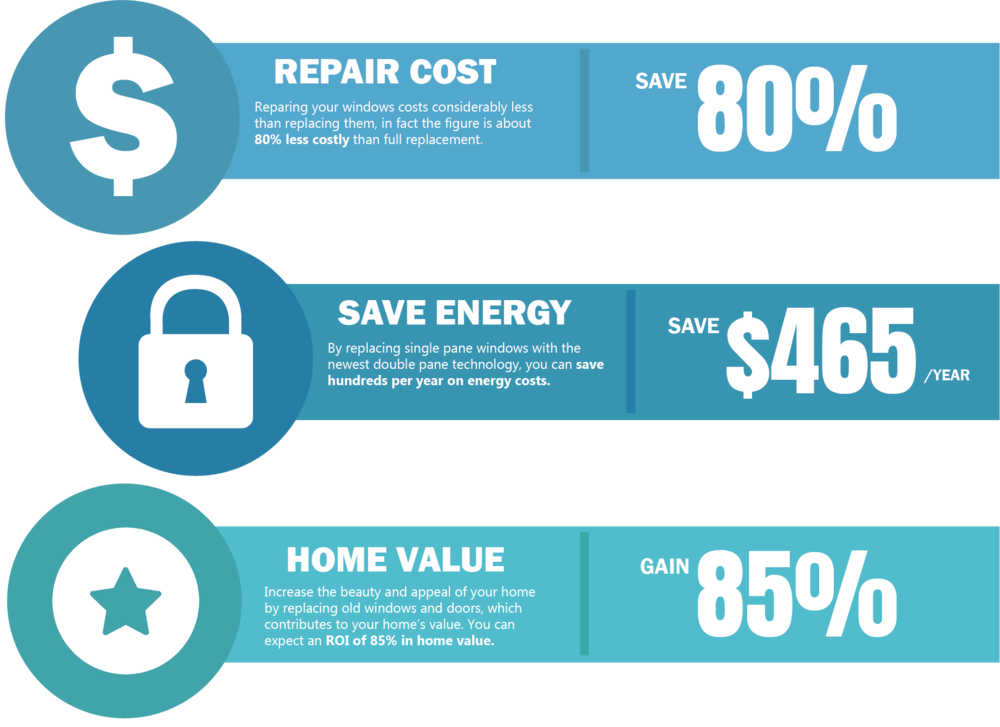Ideal Pressure Washing Methods For Various Kinds Of Surfaces
Ideal Pressure Washing Methods For Various Kinds Of Surfaces
Blog Article
Content Writer-Hyde Hodges
When it comes to pressure washing, the strategy you pick can make all the difference in attaining a clean, streak-free coating. You may discover that tough surface areas, like concrete, call for a different technique than softer products, such as wood or plastic. It's necessary to adapt your methods to the surface area type to stop damage while optimizing cleansing efficiency. So, what are the most effective methods for each and every surface area, and exactly how can you guarantee you're using the appropriate settings and devices for the work? Allow's discover what you require to know to obtain the most effective results.
Hard Surfaces
When it comes to push washing hard surface areas, prep work is key. Prior to service pro denver consider taking out the pressure washing machine, put in the time to get rid of the area of any kind of particles, furnishings, or obstacles. You don't want anything getting in your means or potentially destructive your equipment.
Next, inspect the surface for any kind of splits or damage; this will certainly aid you figure out the right approach and pressure settings.
As soon as you've prepared the location, it's essential to select the ideal nozzle. For hard surface areas like concrete or brick, a narrow nozzle (15 or 25 levels) works best to offer a focused stream of water that can effectively remove gunk and discolorations. Constantly begin at a distance and gradually move more detailed to avoid any kind of surface damage.
As you begin cleaning, maintain the stick transferring to stop touches and over-saturation. It's also useful to function from the top down, enabling dirt and particles to wash away naturally.
Ultimately, remember to rinse the surface extensively after cleansing to remove any kind of remaining detergent. With these strategies, you'll achieve a tidy and refreshed appearance on all your tough surfaces.
Soft Surfaces
Stress washing soft surface areas requires a gentler method to secure them from damages. Whether you're cleansing your deck, patio furnishings, or siding, using way too much stress can cause damages, scratches, or perhaps permanent harm.
Beginning by choosing a low-pressure nozzle, ideally a 25-degree or wider spray pattern, to disperse the water a lot more gently.
Before you start, it's critical to pre-treat any type of stains with an appropriate cleansing solution. This action enables the cleaner to penetrate the dirt and gunk, making it less complicated to wash away without scrubbing too hard.
Always apply the solution from all-time low up to prevent streaking.
When you begin pressure cleaning, keep a range of at least 12 to 18 inches from the surface. Relocate your wand in a sweeping activity, maintaining it parallel to the surface to stay clear of concentrated stress on one place.
Rinse the location thoroughly after cleaning up to eliminate any kind of residual cleanser.
Lastly, examine why not try these out for any type of missed areas and duplicate the procedure if required. By complying with these actions, you can effectively clean soft surface areas while protecting their honesty and look.
Specialty Surfaces
Cleansing soft surface areas calls for treatment, yet specialty surfaces demand even more focus to detail. When you take on these surfaces, like fragile timber, discolored concrete, or certain sorts of siding, using the best pressure washing strategies is critical to stay clear of damage.
First, examine the material. As an example, dealt with timber can commonly hold up against moderate pressure, however softer timbers like cedar might call for a lower setting. Constantly start with the most affordable stress and gradually enhance if needed.
For discolored concrete, utilize a follower spray nozzle and keep a regular distance to stop etching the surface area.
When handling surface areas like vinyl exterior siding or repainted surfaces, a broad spray pattern assists disperse the pressure evenly, shielding the surface.
It's additionally a good idea to utilize cleaning agents especially created for specialized surfaces. They can enhance cleansing without compromising the material.
Wash extensively after cleaning to remove any type of residue, as it can bring about discoloration or deterioration gradually.
Verdict
To conclude, mastering stress cleaning methods for different surfaces can make all the distinction in your cleaning outcomes. For tough surface areas, adhere to narrow nozzles and a top-to-bottom strategy, while soft surface areas need a gentler touch with broader nozzles. Do not neglect to pre-treat spots and wash thoroughly to stay clear of residue. By adjusting your approaches to each product, you'll not only accomplish a cleaner surface but also protect the integrity of your surface areas. Delighted cleaning!
